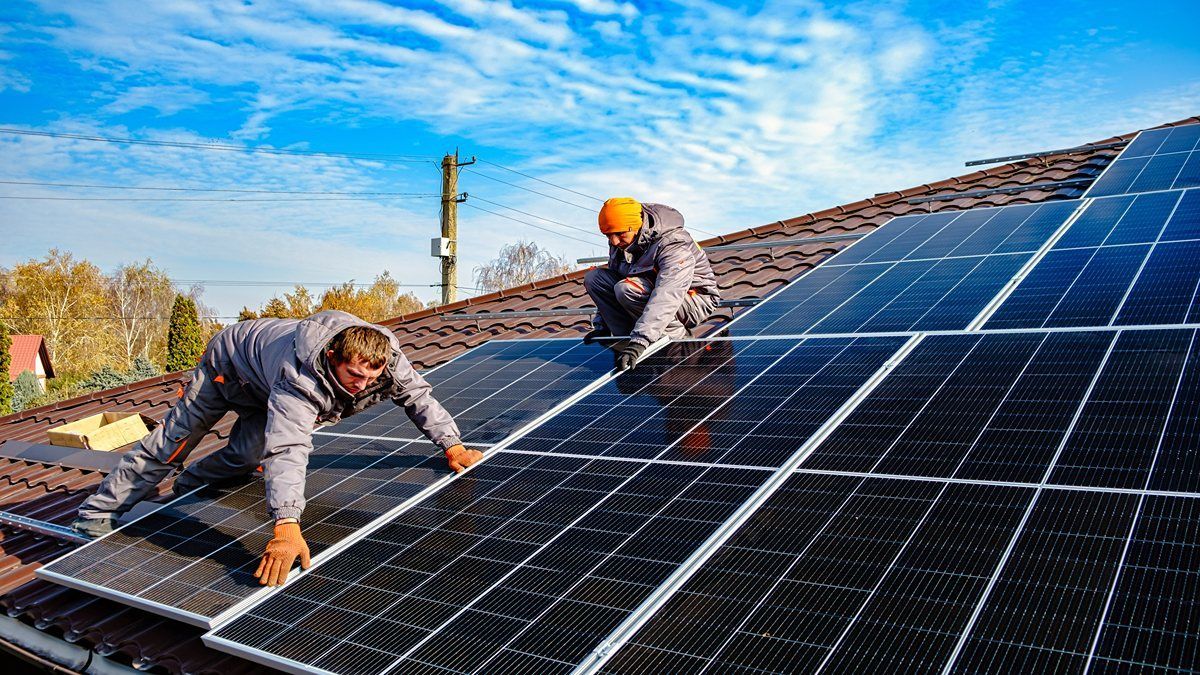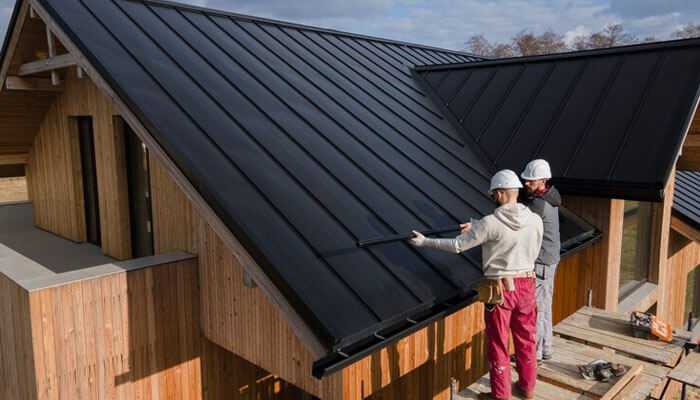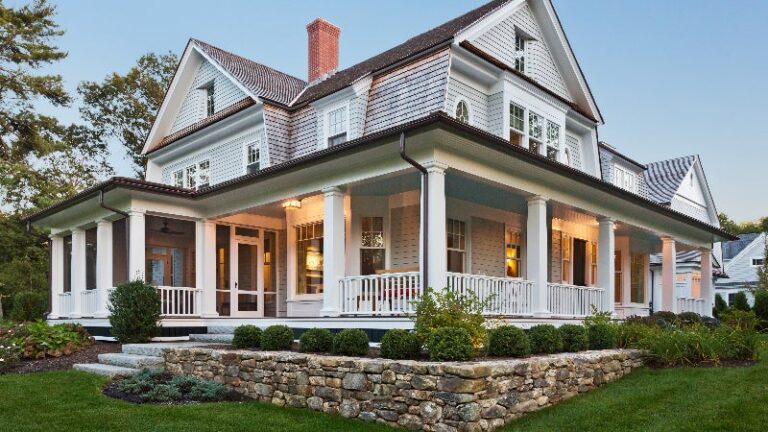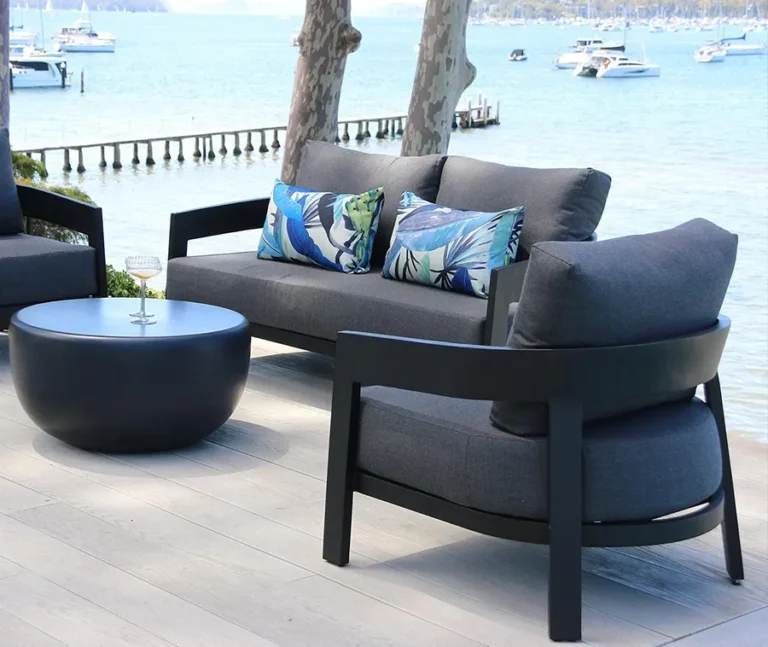Exploring the Different Solar Options for Your Three Story House
The pursuit of sustainability is no longer a niche interest. It is a core concern for homeowners looking to reduce their carbon footprint and energy bills.
With a three story house, the potential for substantial energy consumption stretches upward even if you have cheap electricity provider. So does the opportunity for solar power generation.
The question is, how can you harness the sun’s energy effectively for a structure of significant size and height? This comprehensive guide unpacks the solar options available to homeowners with three-story residences, from the rooftop to the basement.
Read on!
Roof-Mounted Solar Panels
The most common and popular form of solar power generation is rooftop solar panels. These photovoltaic (PV) panels are installed on the roof of a building. It comes with unobstructed access to sunlight.
Roof-mounted solar panels can be an excellent option for three-story homes. This is because they utilize unused space. They also have minimal impact on the existing structure.
They offer flexibility in terms of orientation and tilt angle. This allows for maximum exposure to sunlight depending on the specific location and climate.
It is essential to factor in the weight of the panels. This is especially needed when considering roof-mounted solar panels for a three-story home. Consult with a structural engineer to ensure that the roof can support the additional load.
Flat Roof Solar Arrays
For homes with a flat roof, there is also the option of installing solar arrays. These are large groups of solar panels mounted on a rack system that can be angled to optimize sun exposure.
Flat roof solar arrays can be a great choice for three-story residences. This is because they can cover a larger surface area and generate more electricity than traditional solar roofs. They also have the advantage of being easily accessible for maintenance and cleaning.
However, it is crucial to consider the weight of the solar arrays on a flat roof. Additional supports may need to be installed. That way, they can distribute the weight evenly and prevent any damage to the structure. Experts can compare solar panels to roofs to see if they are compatible.
Integrated Solar Tiles or Shingles
For those looking for a more discreet and aesthetically pleasing option, there are also integrated solar tiles or shingles available. These are designed to blend in with traditional roofing materials. They can be installed as part of a new roof or during a re-roofing project.
Integrated solar tiles or shingles may be a better fit for three-story homes. This is true for those with strict HOA regulations or for those who want a more seamless look. However, they may not be as efficient as traditional solar panels and can be more expensive.
Ground-Mounted Solar Arrays
If there is limited roof space or concerns about the weight of solar panels on the roof, ground-mounted solar arrays can be a viable option. These are installed on the ground in a nearby location. This can mean in a backyard or open area.
Ground-mounted solar arrays have several advantages. This includes flexibility in terms of:
- orientation and tilt angle
- ease of maintenance
- no impact on the roof
However, they may require additional land and can be more visible than other options.
Solar Canopies
For three-story homes with a garage or carport, solar canopies can be a practical and efficient option. These are elevated structures with solar panels on top that not only generate electricity. It also provides shade for parked vehicles.
Solar canopies offer the same benefits as ground-mounted arrays, along with the added advantage of utilizing unused space above parking areas. However, they may require additional permits and approvals. This depends on the location.
Battery Storage Systems
No matter which solar option is chosen for a three-story home, it can be beneficial to also consider installing a battery storage system. These systems store excess energy generated by solar panels and can provide backup power during outages or times of high electricity demand.
Battery storage systems are becoming more affordable and offer homeowners the opportunity to further reduce their reliance on traditional grid electricity.
Hybrid Solar Systems
For those looking to maximize their solar energy usage, hybrid solar systems may be an attractive option. These systems combine rooftop or ground-mounted solar panels with a battery storage system and can be connected to the traditional grid.
Hybrid solar systems offer the benefits of both solar power generation and backup power during outages or times of high demand. They are scalable, meaning they can be expanded in the future if needed.
Community Solar Programs
For homeowners in areas with limited space or challenges with solar panel installation, community solar programs can be a viable option. These programs allow multiple homes to share the benefits of a larger solar installation located off-site.
Community solar programs are often more affordable and can still provide significant energy savings and reduce carbon footprint for participating homeowners. This part of home improvement can be a great way to contribute to the larger effort toward sustainability in the community.
Solar Water Heating Systems
In addition to electricity, solar energy can be used for heating water in a three-story home. Solar water heating systems use the sun’s energy to heat water that is then stored in a tank and used for domestic hot water or space heating.
Solar water heating systems are most effective in warmer climates. But, advancements in technology have made them viable even in colder regions. They can help reduce energy bills and decrease the reliance on traditional gas or electric water heating.
Solar-Powered Ventilation and Cooling Systems
For homeowners looking to reduce their energy consumption and carbon footprint, solar-powered ventilation and cooling systems can be an excellent investment. These systems use the sun’s energy to power fans or cooling units. This can reduce the need for traditional electricity.
Solar-powered ventilation and cooling systems are most effective in warmer climates but can still provide some benefits in colder regions. They offer a more sustainable and eco-friendly way to keep a three-story home cool and comfortable.
Explore the Different Solar Options for Your Three Story House
There are many viable options for homeowners with a three story house to harness the power of the sun and reduce their carbon footprint. Homeowners can choose a solution that best fits their needs and preferences.
So, whether it’s rooftop solar panels, ground-mounted arrays, or solar water heating systems, there is a way for every three-story home to benefit from solar energy. With the increasing popularity and affordability of these options, the future looks bright for sustainable living with solar power.
If you want to read more, visit our blog. We have more articles!
Keep an eye for more latest news & updates on Discover Tribune!






